Chauncey Monte-Sano - Reading, Thinking, and Writing About History: Teaching Argument Writing to Diverse Learners in the Common Core Classroom, Grades 6-12
Here you can read online Chauncey Monte-Sano - Reading, Thinking, and Writing About History: Teaching Argument Writing to Diverse Learners in the Common Core Classroom, Grades 6-12 full text of the book (entire story) in english for free. Download pdf and epub, get meaning, cover and reviews about this ebook. year: 2014, publisher: Teachers College Press, genre: Home and family. Description of the work, (preface) as well as reviews are available. Best literature library LitArk.com created for fans of good reading and offers a wide selection of genres:
Romance novel
Science fiction
Adventure
Detective
Science
History
Home and family
Prose
Art
Politics
Computer
Non-fiction
Religion
Business
Children
Humor
Choose a favorite category and find really read worthwhile books. Enjoy immersion in the world of imagination, feel the emotions of the characters or learn something new for yourself, make an fascinating discovery.
- Book:Reading, Thinking, and Writing About History: Teaching Argument Writing to Diverse Learners in the Common Core Classroom, Grades 6-12
- Author:
- Publisher:Teachers College Press
- Genre:
- Year:2014
- Rating:5 / 5
- Favourites:Add to favourites
- Your mark:
Reading, Thinking, and Writing About History: Teaching Argument Writing to Diverse Learners in the Common Core Classroom, Grades 6-12: summary, description and annotation
We offer to read an annotation, description, summary or preface (depends on what the author of the book "Reading, Thinking, and Writing About History: Teaching Argument Writing to Diverse Learners in the Common Core Classroom, Grades 6-12" wrote himself). If you haven't found the necessary information about the book — write in the comments, we will try to find it.
Although the Common Core and C3 Framework highlight literacy and inquiry as central goals for social studies, they do not offer guidelines, assessments, or curriculum resources. This practical guide presents six research-tested historical investigations along with all corresponding teaching materials and tools that have improved the historical thinking and argumentative writing of academically diverse students. Each investigation integrates reading, analysis, planning, composing, and reflection into a writing process that results in an argumentative history essay. Primary sources have been modified to allow struggling readers access to the material. Web links to original unmodified primary sources are also provided, along with other sources to extend investigations. The authors include sample student essays from each investigation to illustrate the progress of two different learners and explain how to support students development. Each chapter includes these helpful sections: Historical Background, Literacy Practices Students Will Learn, How to Teach This Investigation, How Might Students Respond?, Student Writing and Teacher Feedback, Lesson Plans and Materials.
Book Features:
- Integrates literacy and inquiry with core U.S. history topics.
- Emphasizes argumentative writing, a key requirement of the Common Core.
- Offers explicit guidance for instruction with classroom-ready materials.
- Provides primary sources for differentiated instruction.
- Explains a curriculum appropriate for students who struggle with reading, as well as more advanced readers.
- Models how to transition over time from more explicit instruction to teacher coaching and greater student independence.
The tools this book providesfrom graphic organizers, to lesson plans, to the accompanying documentsdemystify the writing process and offer a sequenced path toward attaining proficiency.
From the Foreword by Sam Wineburg, co-author of Reading Like a Historian
Assuming literate practice to be at the core of history learning and historical practice, the authors provide actual units of history instruction that can be immediately applied to classroom teaching. These units make visible how a cognitive apprenticeship approach enhances history and historical literacy learning and ensure a supported transition to teaching history in accordance with Common Core State Standards.
Elizabeth Moje, Arthur F. Thurnau Professor, School of Education, University of Michigan
The C3 Framework for Social Studies State Standards and the Common Core State Standards challenge students to investigate complex ideas, think critically, and apply knowledge in real world settings. This extraordinary book provides tried-and-true practical tools and step-by-step directions for social studies to meet these goals and prepare students for college, career, and civic life in the 21st century.
Michelle M. Herczog, president, National Council for the Social Studies
Chauncey Monte-Sano: author's other books
Who wrote Reading, Thinking, and Writing About History: Teaching Argument Writing to Diverse Learners in the Common Core Classroom, Grades 6-12? Find out the surname, the name of the author of the book and a list of all author's works by series.

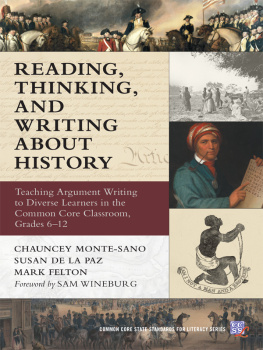
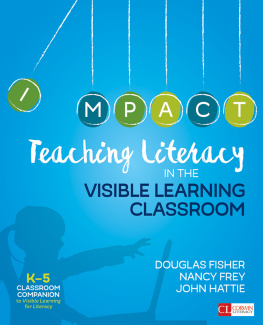

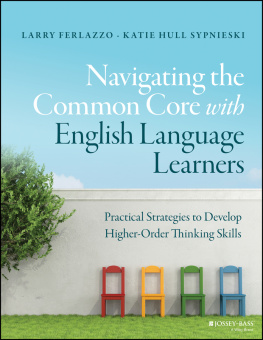

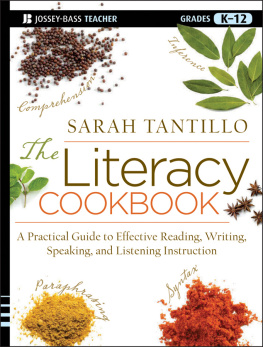


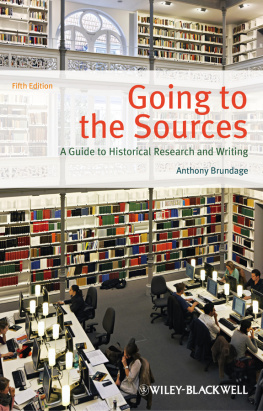
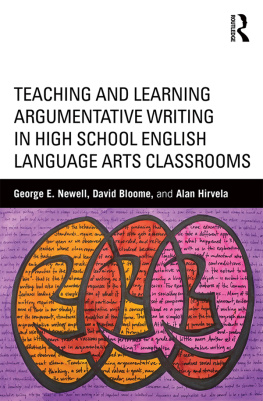
 T HE C OMMON C ORE S TATE S TANDARDS IN L ITERACY S ERIES
T HE C OMMON C ORE S TATE S TANDARDS IN L ITERACY S ERIES
